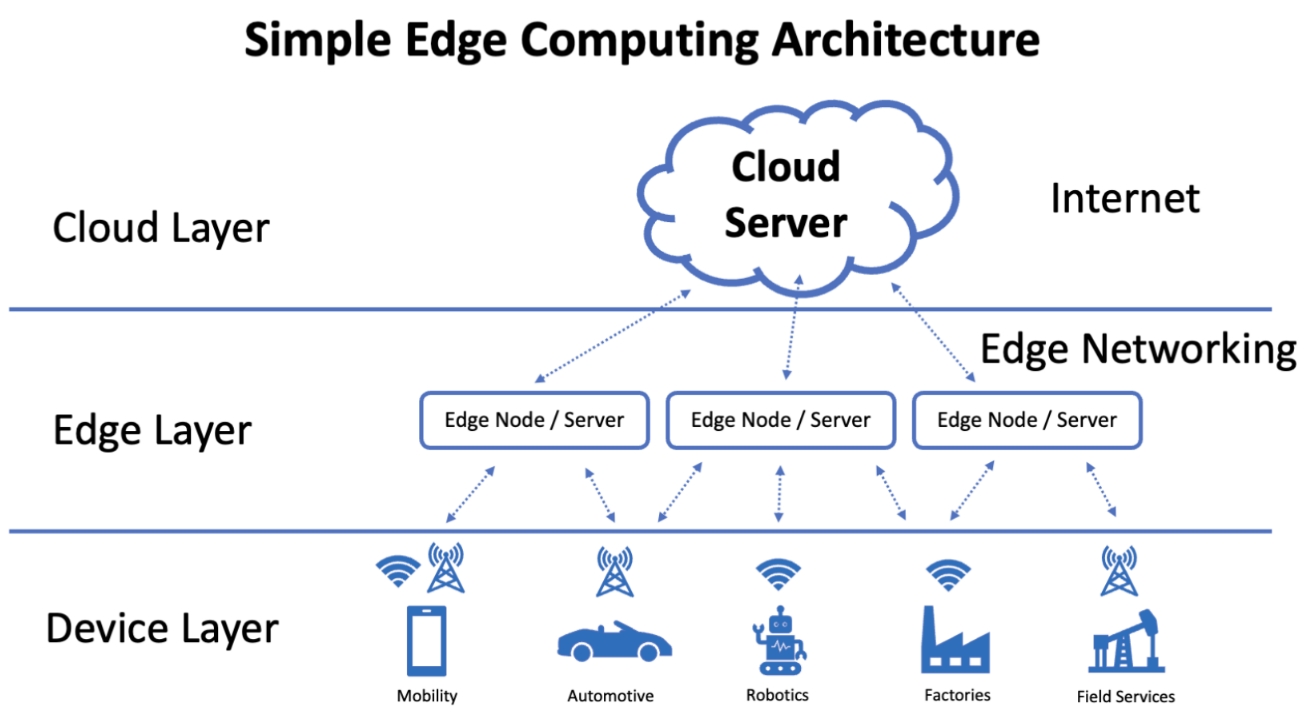
Certainly, here’s an article on Edge Computing in Business Operations:
Edge Computing: Optimizing Business Operations
Edge computing has emerged as a transformative technology, reshaping how businesses process data, enhance operational efficiency, and deliver real-time services.
Understanding Edge Computing
Edge computing involves processing data closer to its source, at the edge of the network, rather than in a centralized data center. This enables faster data processing and reduced latency.
Enhanced Data Processing Speed
By processing data closer to where it’s generated, edge computing significantly reduces latency. This speed enhancement is critical for applications requiring real-time data analysis, such as IoT devices.
Improved Operational Efficiency
Edge computing enhances operational efficiency by reducing the distance data travels, resulting in quicker response times and more efficient operations, particularly in industries like manufacturing and logistics.
Supporting IoT Applications
The proliferation of IoT devices benefits greatly from edge computing. By handling data processing and analysis locally, edge computing reduces the strain on centralized cloud infrastructure.
Enhancing User Experience
In sectors like retail and entertainment, edge computing improves user experience by enabling faster content delivery and reducing latency in services like video streaming and online gaming.
Securing Data Privacy
Edge computing addresses data privacy concerns by processing sensitive data locally, reducing the need for data to travel long distances and minimizing exposure to potential security threats.
Resilience and Redundancy
Edge computing contributes to system resilience by offering redundancy. Local processing ensures continuity of operations even if there’s a disruption in centralized cloud services.
Scalability and Flexibility
Edge computing provides scalability and flexibility by distributing computing power. This allows businesses to scale resources based on demand and tailor solutions to specific needs.
Challenges in Implementation
Implementing edge computing comes with challenges such as managing distributed infrastructure, ensuring interoperability, and maintaining security across a decentralized network.
Future of Edge Computing
The future of edge computing looks promising. As the technology evolves, advancements in AI, 5G connectivity, and hardware innovations will further refine edge computing capabilities.
For more insights on Edge Computing in Business Operations, visit here.
Feel free to modify or expand any section to better suit your specific interests or requirements!
